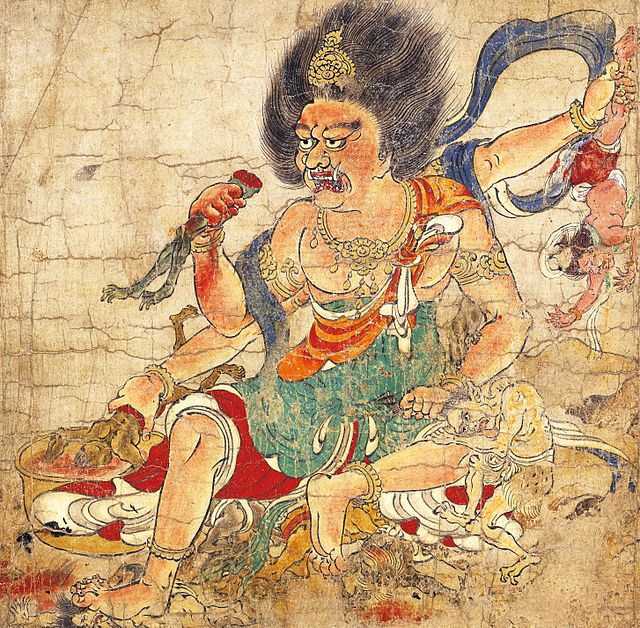The problem of evil is the philosophical question of how to reconcile the existence of evil and suffering with an omnipotent, omnibenevolent, and omniscient God. There are currently differing definitions of these concepts. The best known presentation of the problem is attributed to the Greek philosopher Epicurus. It was popularized by David Hume.
The earliest statement of the problem of evil is attributed to Epicurus, but this is uncertain.
William L. Rowe's example of natural evil: "In some distant forest lightning strikes a dead tree, resulting in a forest fire. In the fire a fawn is trapped, horribly burned, and lies in terrible agony for several days before death relieves its suffering." Rowe also cites the example of human evil where an innocent child is a victim of violence and thereby suffers.
Gottfried Leibniz
Evil, by one definition, is being bad and acting out morally incorrect behavior; or it is the condition of causing unnecessary pain and suffering, thus containing a net negative on the world.
Sendan Kendatsuba, one of the eight guardians of Buddhist law, banishing evil in one of the five paintings of Extermination of Evil
The devil, in opposition to the will of God, represents evil and tempts Christ, the personification of the character and will of God. Ary Scheffer, 1854.
Extermination of Evil, The God of Heavenly Punishment, from the Chinese tradition of yin and yang. Late Heian period (12th-century Japan).
Martin Luther believed that occasional minor evil could have a positive effect.







